Just like any other sport, the Gentleman’s game has also seen its ups and downs over the years. It’s true that cricket has evolved in the last 5 centuries as it is reported that it’s been played since the 16th century. Be it DRS, Stump Lights, or Hawkeye, technology has played a crucial part in it.
Today, the game highly relies on analytics, techniques, and many other such elements that determine a team’s or a player’s success. It has made cricket more enjoyable to watch and play at the same time. And removing every problem from any sport in the world is almost inevitable because there will be new problems on the horizon (Yeah we are hinting towards the DRS system which is still in use in cricket).
Moving ahead with our intentions, technological advancements have influenced cricket a lot. Thanks to the International Cricket Council for fusing all these latest technologies boosting the interest of the fans and bringing more attraction to the game. Without further ado, let us have a look at some of the technologies from bowling machines to modern decision review systems that cricket has embraced over the years.
1. Speed Gun
Let us start with one of the most exciting small machines which I was super excited about when I was a kid. If you have also played cricket at the initial stages of your life then you have always wondered how fast your bowl went. And the speed gun is a machine that measures speed for a ball bowled. Understanding the estimated speed of the ball bowled at the batter has helped bowlers a lot over the years. Now bowlers learn at what speed what kind of bowl(swing, yorker, bouncer) is deadly for the batter and make him dance.
Do you know that the fastest electronically measured speed for a ball bowled by any male bowler is 161.3 km/h(100.23 mph) which was bowled by Pakistan’s Shoaib Akhtar and it was actually measured by a small Doppler Radar Unit that is used to detect the speed of moving objects.
2. Bowling Machine
When bowlers got the speed gun for themselves the batsmen got their hands on the bowling machine around the same time in 1985. A bowling machine is intended to bowl different kinds of deliveries like spin and swing to the batter and make him better when he/she steps in the field. You can adjust the kind of delivery and also the speed you want to bowl. The new technologists are planning to add a visual factor in this machine so that the batter can observe a projection of the bowler ahead of the machine, so this technology is like a revolution in cricket training.
3. HawkEye
Leg Before Wicket or LBW is always a controversial way of giving a batter out. It is never justified why it exists in cricket but since it is there, ICC has been using a method called Hawkeye which helps umpires to judge whether a batsman is out or not out since 2001. This technology uses a slew of cameras placed around the ground or aligned under the stadium roofs to generate a three-dimensional representation of the trajectory of the ball thereby helping in the judgment of the LBW appeals. Recently we saw a very fresh controversy with HawkEye technology but it is still one of the best advancements cricket has ever seen.
4. HotSpot
HotSpot, which is also known as the Edge Detector in cricket, came into play when the snickometer didn’t deliver accurate enough results. HotSpot uses an advanced infrared detection system to detect the heat signature of the ball’s impact. It also helps in judging the slightest edges and close bat-pad LBW shouts. It uses cameras on both ends of the ground and provides information based on the heat friction generated by a collision. It is believed to provide highly accurate results but it’s not common in cricket because it’s very expensive and has a sensitive equipment setup.
5. Stump Mic and Camera
The stump mic cameras are used for two major reasons. First for judging whether the batter is out or not in some scenarios or whether the bowler has bowled a legit ball or not. Secondly, to provide in-depth experience to the viewers as the stump mics and cameras capture some amazing moments between the wicket keepers and the batsmen all the time. Well, no cricket fan can ever forget the funny babysitting banter between Rishab Pant and Tim Paine in Australia 2019 and the spicy conversations between once again Tim Paine and Ashwin in Australia 2020. This use of technology does make cricket more interesting.
6. DRS(Decision Review System)
The DRS or Decision Review System is the modern-day method for challenging the umpire’s decision. After seeing its success in Cricket, FIFA and UEFA have also started to include it in football with the name VAR(Video Assistant Referee). Moreover, the DRS in cricket takes certain features like snickometer, hotspot, and hawkeye into account before providing a conclusive decision whether the umpire’s decision stands or not.
7. LED Stumps and Bails
LED stumps were first used in the Australian T20 league Big Bash in the year 2013. Seeing its popularity among the fans, the Indian Premier League and the ICC also started using the glowing stumps and bails in their respective tournaments. This innovation was discovered by Bronte Eckerman which is slightly heavier than the usual wooden stumps. Although it’s a bit expensive technology, LED bails are very useful for the umpires to give decisions like stumpings and runouts. The bail glows as soon as there is an impact. It consists of a sensor, a low-voltage battery, and a microprocessor.
Endnotes
These are some of the latest technologies in cricket that helped the game rise among fans over the years. Apart from these, the technologies like spider cam, ball spin RPM, new sportswear and equipment, etc. are among the new technological advancements in cricket that have helped it take it global. We hope you liked this blog on Technology in Cricket.

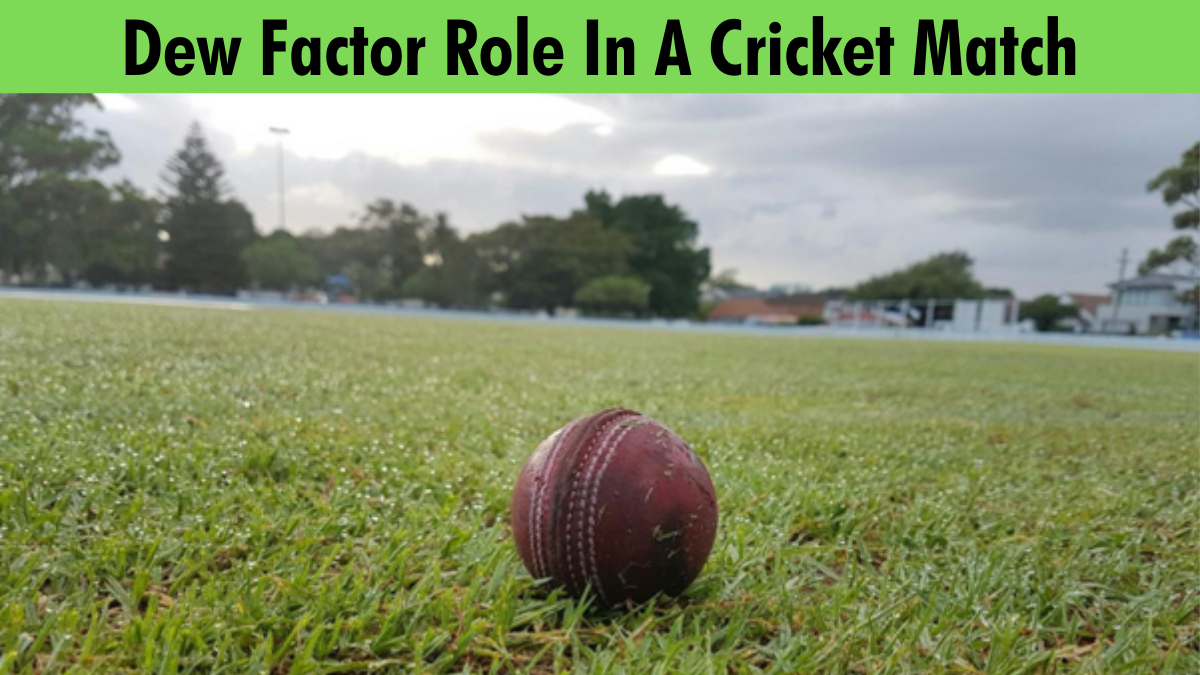


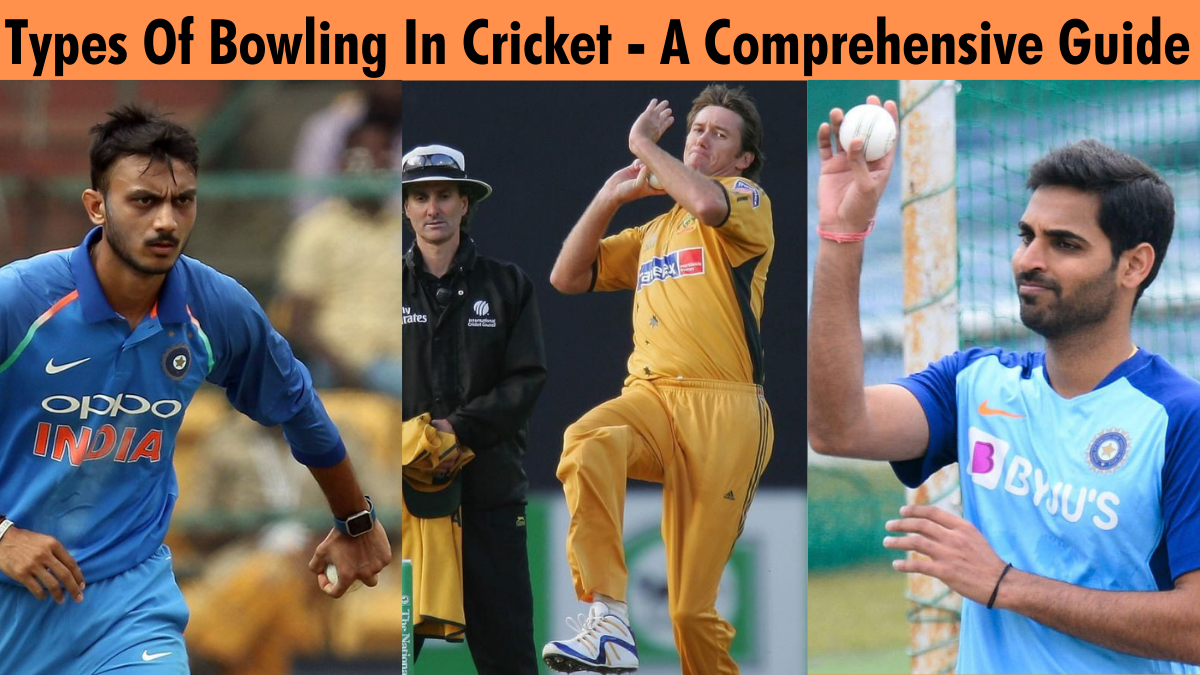
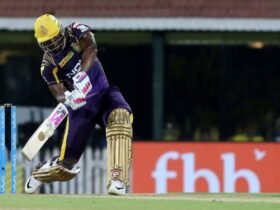

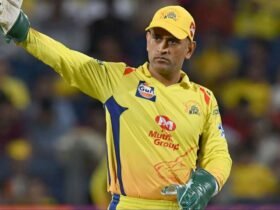
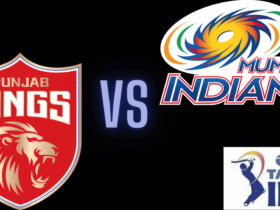

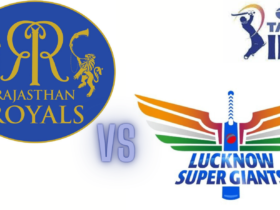







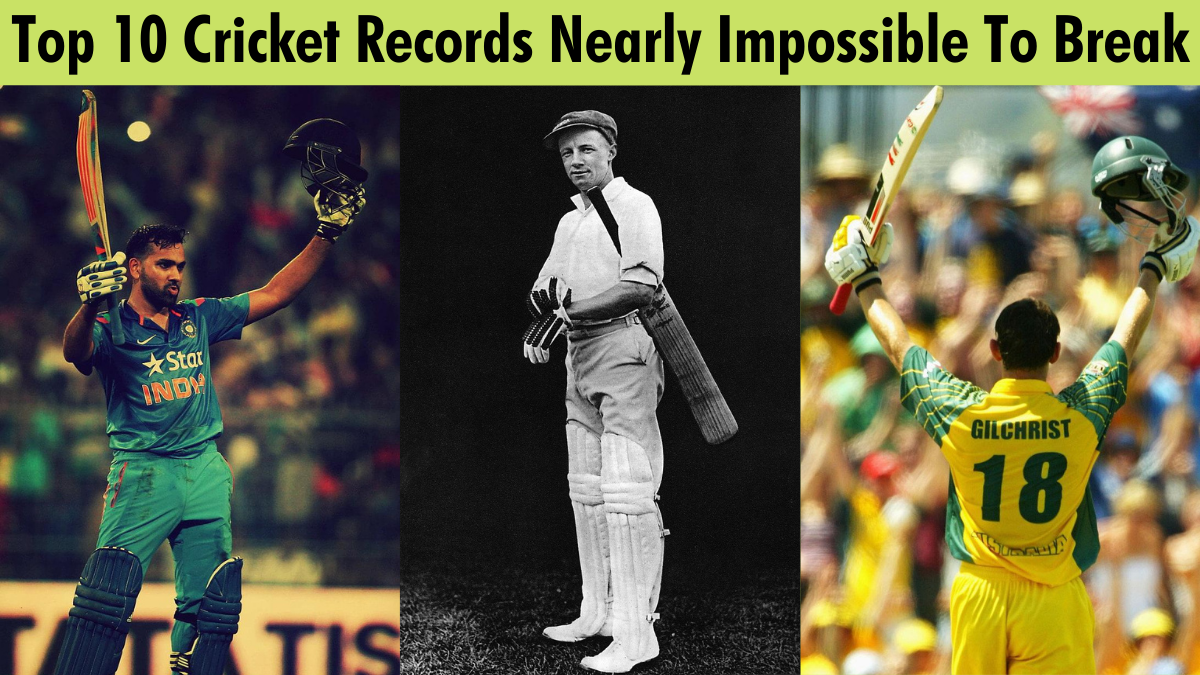




Leave a Reply